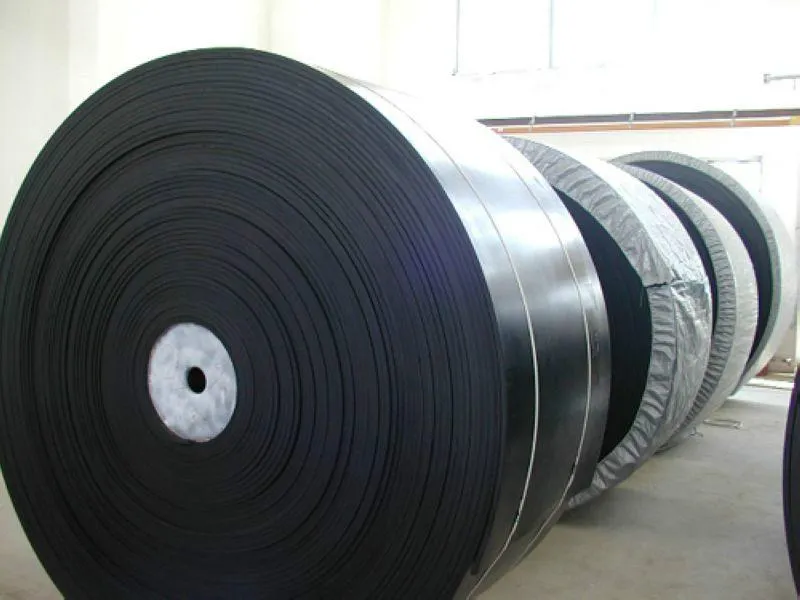 Afrikaans
Afrikaans  Albanian
Albanian  Amharic
Amharic  Arabic
Arabic  Armenian
Armenian  Azerbaijani
Azerbaijani  Basque
Basque  Belarusian
Belarusian  Bengali
Bengali  Bosnian
Bosnian  Bulgarian
Bulgarian  Catalan
Catalan  Cebuano
Cebuano  Corsican
Corsican  Croatian
Croatian  Czech
Czech  Danish
Danish  Dutch
Dutch  English
English  Esperanto
Esperanto  Estonian
Estonian  Finnish
Finnish  French
French  Frisian
Frisian  Galician
Galician  Georgian
Georgian  German
German  Greek
Greek  Gujarati
Gujarati  Haitian Creole
Haitian Creole  hausa
hausa  hawaiian
hawaiian  Hebrew
Hebrew  Hindi
Hindi  Miao
Miao  Hungarian
Hungarian  Icelandic
Icelandic  igbo
igbo  Indonesian
Indonesian  irish
irish  Italian
Italian  Japanese
Japanese  Javanese
Javanese  Kannada
Kannada  kazakh
kazakh  Khmer
Khmer  Rwandese
Rwandese  Korean
Korean  Kurdish
Kurdish  Kyrgyz
Kyrgyz  Lao
Lao  Latin
Latin  Latvian
Latvian  Lithuanian
Lithuanian  Luxembourgish
Luxembourgish  Macedonian
Macedonian  Malgashi
Malgashi  Malay
Malay  Malayalam
Malayalam  Maltese
Maltese  Maori
Maori  Marathi
Marathi  Mongolian
Mongolian  Myanmar
Myanmar  Nepali
Nepali  Norwegian
Norwegian  Norwegian
Norwegian  Occitan
Occitan  Pashto
Pashto  Persian
Persian  Polish
Polish  Portuguese
Portuguese  Punjabi
Punjabi  Romanian
Romanian  Russian
Russian  Samoan
Samoan  Scottish Gaelic
Scottish Gaelic  Serbian
Serbian  Sesotho
Sesotho  Shona
Shona  Sindhi
Sindhi  Sinhala
Sinhala  Slovak
Slovak  Slovenian
Slovenian  Somali
Somali  Spanish
Spanish  Sundanese
Sundanese  Swahili
Swahili  Swedish
Swedish  Tagalog
Tagalog  Tajik
Tajik  Tamil
Tamil  Tatar
Tatar  Telugu
Telugu  Thai
Thai  Turkish
Turkish  Turkmen
Turkmen  Ukrainian
Ukrainian  Urdu
Urdu  Uighur
Uighur  Uzbek
Uzbek  Vietnamese
Vietnamese  Welsh
Welsh  Bantu
Bantu  Yiddish
Yiddish  Yoruba
Yoruba  Zulu
Zulu roller conveyor parts
Roller Conveyor Parts Essential Components for Efficient Material Handling
Roller conveyors are a critical part of many industrial operations, facilitating the transportation of goods throughout warehouses, manufacturing facilities, and distribution centers. These systems are designed to move heavy items with ease, reducing manual labor and increasing efficiency. At the heart of these systems are the various roller conveyor parts, each playing a vital role in the overall functionality and reliability of the conveyor system.
1. Rollers The Core Component
The most fundamental component of a roller conveyor is the rollers themselves. Made from various materials such as steel, plastic, or aluminum, rollers come in different diameters and lengths depending on the application's requirements. Heavy-duty rollers are designed for transporting bulky items, while lighter rollers are suitable for smaller packages. The choice of material and size affects the load capacity, speed, and durability of the conveyor system.
2. Frame The Structural Backbone
The conveyor frame provides the necessary structural support for the entire system. Typically constructed from steel or aluminum, frames must be robust enough to withstand the weight of the materials being transported. Additionally, the frame's design influences the conveyor's layout and configuration, allowing for flexibility in various environments. An effective frame not only supports the rollers but also ensures the alignment and stability of the entire conveyor system.
roller conveyor parts

3. Drive Mechanisms Powering the Movement
A key element of roller conveyors is the drive mechanism that powers the rollers. This can include electric motors, belts, or chains, depending on the conveyor design. Electric motors are commonly used for their efficiency and ease of control, while belts and chains may be employed for specific tasks, such as accumulating products or moving items at a consistent speed. The choice of a drive mechanism greatly impacts the overall performance and energy consumption of the conveyor system.
4. Accessories and Controls
Roller conveyors are often equipped with various accessories to enhance functionality. These can include sensors, diverters, and automatic controls that help optimize the flow of materials. Sensors can detect the presence of packages, allowing for automated sorting or stopping of the conveyor when needed. Additionally, control systems enable operators to adjust speed settings or integrate the conveyor with other automated systems in the facility.
Conclusion
In summary, roller conveyor parts are essential for the efficient functioning of material handling systems in many industries. By understanding the core components—rollers, frames, drive mechanisms, and accessories—businesses can ensure optimal performance and reliability of their conveyor systems. As industries continue to innovate and expand, the importance of high-quality roller conveyor parts will remain paramount in the pursuit of efficiency and productivity.
-
Revolutionizing Conveyor Reliability with Advanced Rubber Lagging PulleysNewsJul.22,2025
-
Powering Precision and Durability with Expert Manufacturers of Conveyor ComponentsNewsJul.22,2025
-
Optimizing Conveyor Systems with Advanced Conveyor AccessoriesNewsJul.22,2025
-
Maximize Conveyor Efficiency with Quality Conveyor Idler PulleysNewsJul.22,2025
-
Future-Proof Your Conveyor System with High-Performance Polyurethane RollerNewsJul.22,2025
-
Driving Efficiency Forward with Quality Idlers and RollersNewsJul.22,2025





























